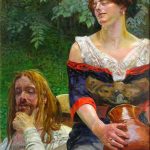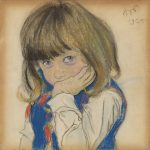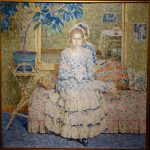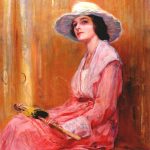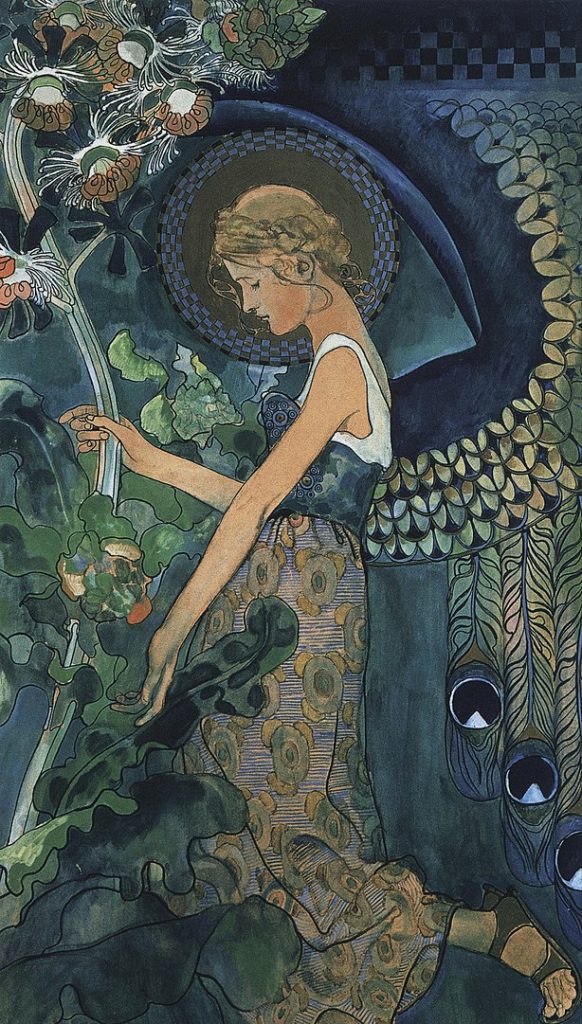
Kazimierz Sichulski, born on August 14, 1879, in Lwów, Poland (now Lviv, Ukraine), was a distinguished Polish painter whose artistic journey unfolded during a transformative period in European art. Sichulski’s contribution to Polish Impressionism and his exploration of vibrant color and light in his works marked him as a key figure in the country’s artistic landscape.
Early Artistic Predisposition
From a young age, Sichulski displayed a natural predisposition for the arts. Born into a family with a strong appreciation for culture, he received encouragement to pursue his artistic inclinations. Sichulski’s early years were shaped by his exposure to the rich cultural heritage of Lwów, a city with a vibrant artistic scene. His decision to pursue formal art education became a pivotal step in his journey.
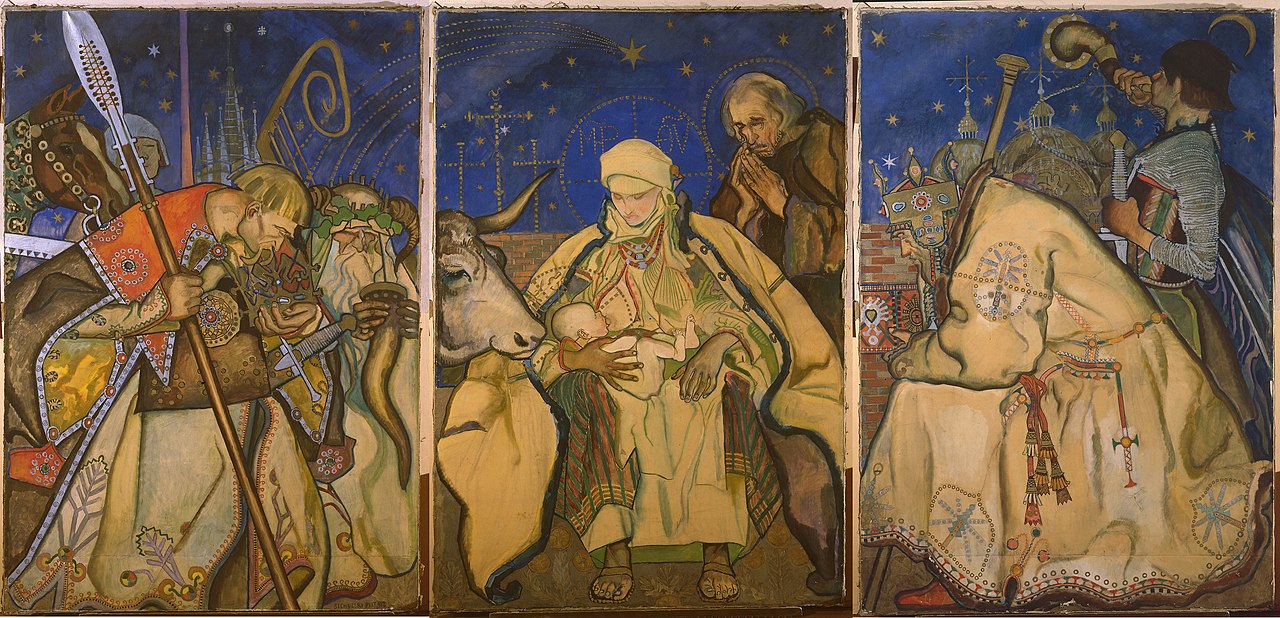
Sichulski enrolled at the Kraków Academy of Fine Arts, where he studied under the guidance of renowned Polish artists, including Józef Mehoffer and Stanisław Wyspiański. The academy, a hub of artistic innovation, exposed Sichulski to various styles and movements. The academic training provided him with a solid foundation, but it was the allure of Impressionism that would leave an indelible mark on his artistic vision.
Parisian Sojourn and Impressionist Influence
In the pursuit of artistic growth, Sichulski embarked on a transformative journey to Paris, the epicenter of the art world. The city’s vibrant cultural milieu and the influence of French Impressionism captivated the young artist. Sichulski’s exposure to the works of Impressionist masters like Claude Monet and Pierre-Auguste Renoir ignited a profound shift in his approach to color, light, and the depiction of everyday scenes.
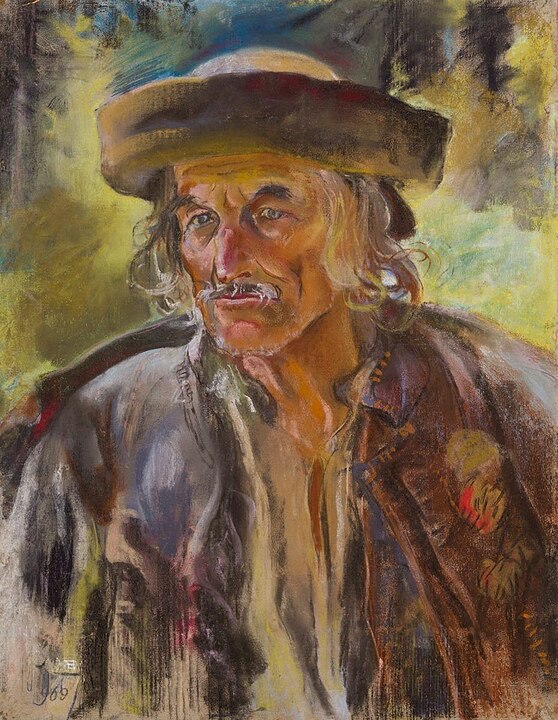
Inspired by the revolutionary techniques of the French Impressionists, Sichulski embraced a more liberated and spontaneous style. The interplay of light and color, characteristic of Impressionist paintings, became a central theme in his work. Sichulski’s canvases began to exude a luminous quality, capturing the fleeting moments of nature and everyday life with a fresh and vibrant palette.
Rural Idylls and Polish Landscapes
Sichulski’s oeuvre is notably characterized by his love for rural landscapes and the picturesque countryside. The Polish countryside, with its rolling hills, quaint villages, and changing seasons, served as a constant source of inspiration for the artist. In his paintings, Sichulski masterfully conveyed the beauty and simplicity of rural life, evoking a sense of nostalgia and tranquility.
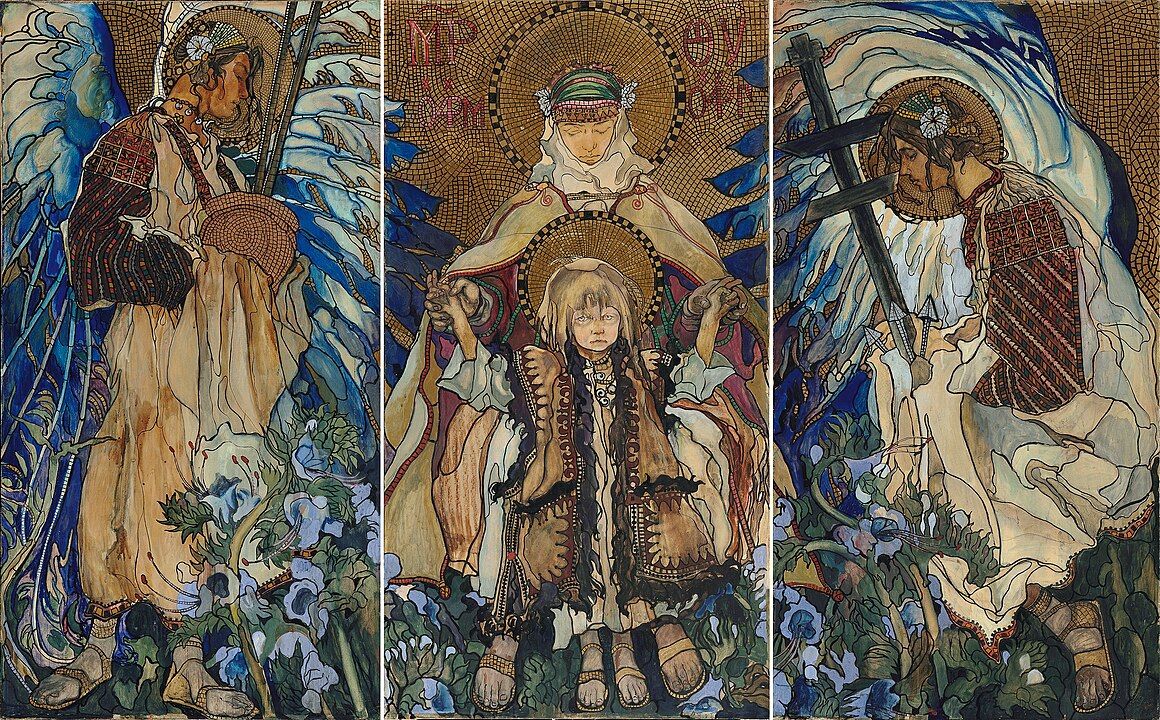
The interwar period in Poland witnessed Sichulski’s exploration of regional landscapes, particularly the Tatra Mountains. His depictions of these majestic peaks and the surrounding landscapes showcased his ability to capture the atmospheric effects of changing light and weather. Sichulski’s commitment to portraying the essence of the Polish countryside aligned with the broader Impressionist tradition while infusing his works with a distinctive Polish identity.
Societal Transitions and War
The tumultuous period between the wars marked a challenging phase for Poland, and Sichulski, like many artists, navigated the impact of societal transitions. The outbreak of World War II disrupted the artistic community, and Sichulski, who had become an established figure in Polish art, faced the challenges of a changing political landscape. Despite the hardships, his dedication to his craft and his commitment to preserving the cultural heritage of Poland persisted.
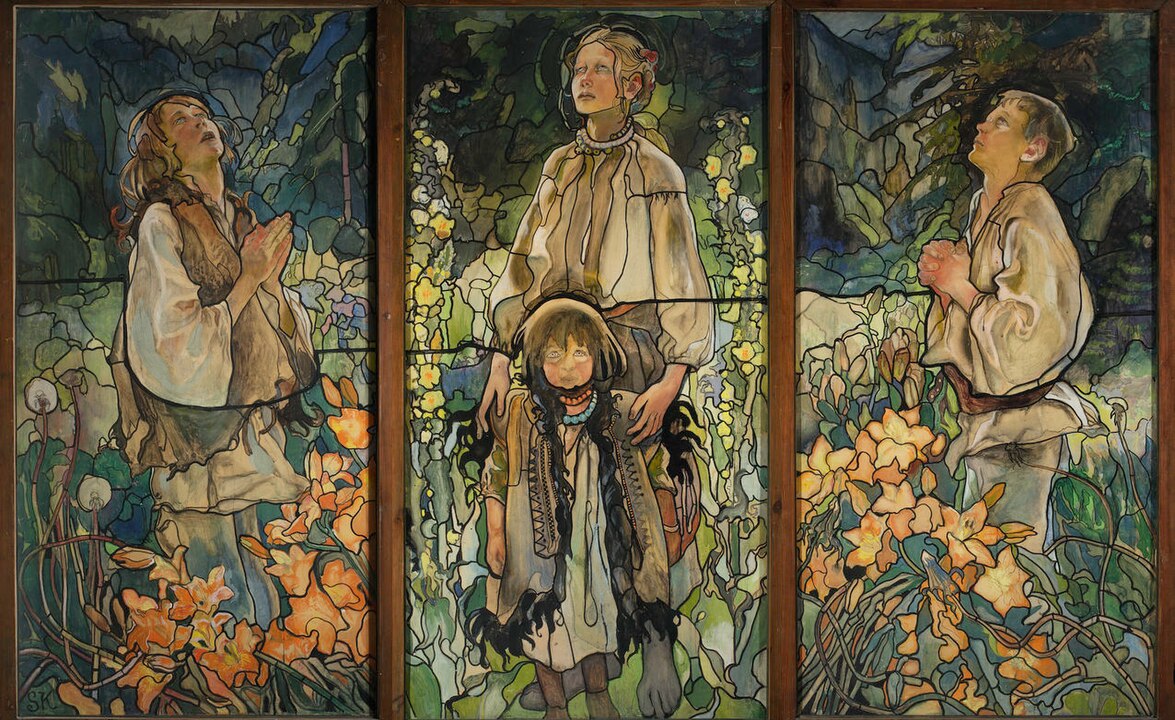
Sichulski’s paintings from this period reflect the tensions and uncertainties of the time. War-themed works, somber in tone and subject matter, coexisted with his serene landscapes, creating a poignant juxtaposition that mirrored the complex reality of Poland during the war. His resilience as an artist and his ability to find moments of beauty amid adversity underscored the enduring spirit of his artistic vision.
Legacy in Polish Art
Kazimierz Sichulski’s legacy in Polish art is marked by his unwavering dedication to the principles of Impressionism and his distinctive interpretation of Polish landscapes. His influence extended beyond his canvas, as he became a respected teacher at the Academy of Fine Arts in Warsaw. Sichulski’s pedagogical contributions shaped the next generation of Polish artists, imparting to them not only technical skills but also a deep appreciation for the emotional resonance of color and light.
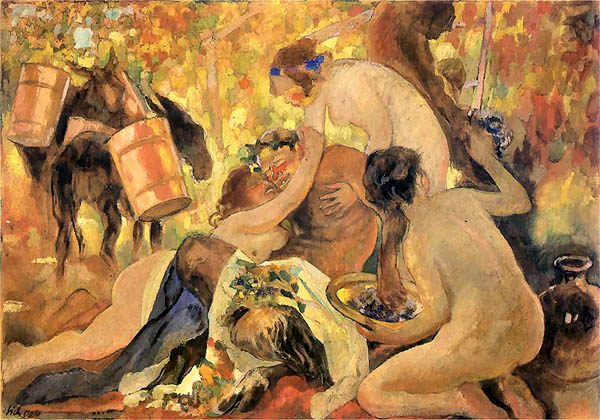
The artist’s commitment to capturing the essence of Polish landscapes and his mastery of Impressionist techniques contributed to the broader narrative of Polish art in the 20th century. His paintings, exhibited in major galleries and museums, continue to be celebrated for their evocative power and their role in shaping the trajectory of Polish Impressionism.
Later Years and Artistic Evolution
In the later years of his life, Sichulski continued to evolve as an artist while remaining anchored in his Impressionist roots. The post-war period witnessed a renewal of artistic exploration, and Sichulski embraced new themes and styles. His later works, while maintaining the luminous quality of his earlier pieces, revealed a nuanced maturity and introspection.
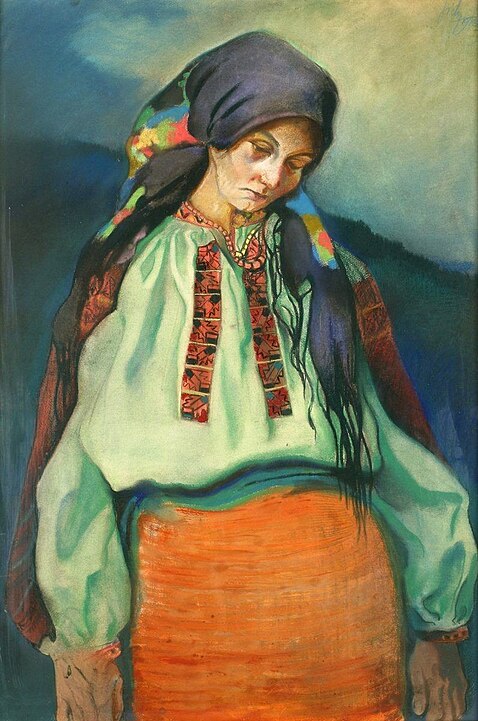
Sichulski’s artistic evolution reflected not only changes in his personal life but also the broader shifts in European art in the post-war era. His later canvases, marked by a fusion of tradition and modernity, demonstrated a continued commitment to the transformative potential of color and light. Sichulski’s ability to adapt while preserving the core tenets of his artistic philosophy further solidified his place in the pantheon of Polish painters.
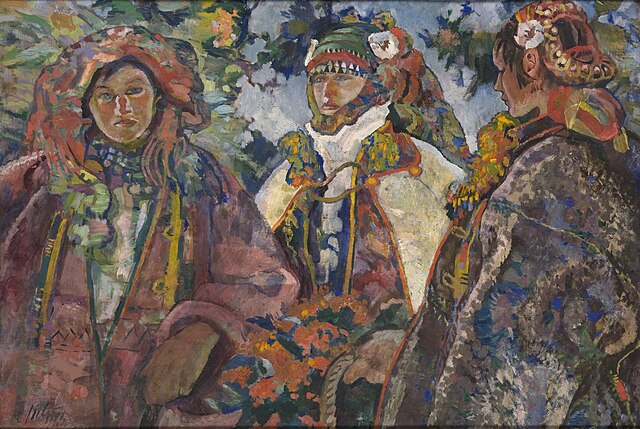
Kazimierz Sichulski’s artistic journey, from the vibrant cultural scene of Lwów to the luminous landscapes of the Tatra Mountains, remains a testament to the enduring power of color and light in painting. His legacy extends beyond the canvas, encompassing his role as a teacher and his influence on the trajectory of Polish Impressionism. Sichulski’s paintings, suffused with the radiant hues of Polish landscapes, continue to captivate art enthusiasts and stand as a testament to his unwavering commitment to the transformative beauty of art.

